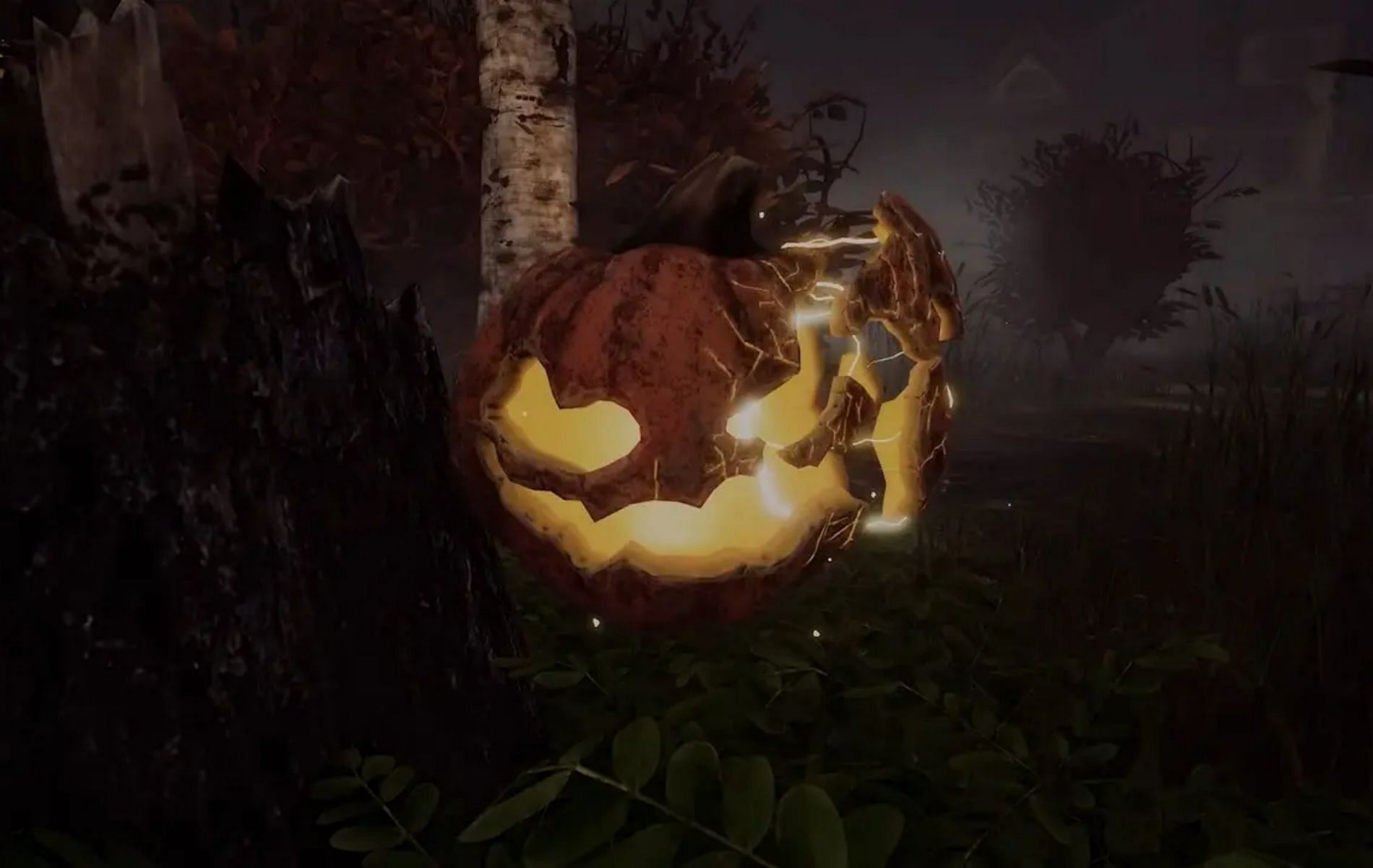For the octogenarian Mallikarjun Kharge, restoring cohesion and order in the obese leviathan that’s the Congress is going to be way more challenging and difficult than winning the election to the top office. The party is dispirited and is in a state of disrepair, needing a major surgery its frail health does not permit. Not yet!
To help the party and himself as the first non-Gandhi Congress president in nearly a quarter century, Kharge will need the help of his senior colleagues, notably the G-3 (the Gandhi) loyalists and the G-23 pro-changers. He’d have to build on the cohesion his candidature brought between the two factions against the relatively youthful and charismatic Shashi Tharoor. What upset the latter’s fellow travellers was the fait accompli he presented them by way of his candidature without heeding proposals for a “joint” G-23 face in the contest.
Kharge’s backers will now be seekers
But that’s past. There’ll be pressure now on the new party chief from leaders pursuing personal ambitions in the name of organisational reforms. For instance, several signatories to the letter the G-23 wrote to Sonia Gandhi in 2020 reconciled to the status quo on grabbing or being handed over their pound of flesh.
Consequently, these angry old men never organised themselves as caucuses the party saw in the aftermath of past poll debacles. A set of leaders going by the “young Turks” moniker rose after the Congress’s 1967 and 69 electoral drubbings. To name a few, the leading lights among them were Chandrashekhar, Mohan Dharia, Krishan Kant and Chandrajit Yadav. They were joined by their common approach to political, economic and social issues which wasn’t exactly the case with the G-23 hyped more by the media than any cerebral meeting of minds.
Having rallied around Kharge’s candidature, leaving Tharoor high and dry, these leaders, collectively or individually, are sure to seek accommodation in influential party forums: The new Congress Working Committee (with 12 elected and 11 nominated slots) and other organisational platforms, notably the Parliamentary Board and the Central Election Committee, which play a crucial role in deciding candidates for parliamentary/assembly polls. There’d be a beeline also for the constitutional office of Leader of Opposition (LoP) in the Rajya Sabha the Congress president-elect has relinquished in keeping with the one-man-one-post.
One reason why Tharoor could not match Kharge’s wide acceptability was his lack of organisational experience despite his stellar oratory, academic record, and ideating prowess to revive and re-energise the moribund party. In the last such battle for the president’s office in 2000, veteran Congressman Jitendra Prasada could manage just 94 votes out of the 7,542 polled. But it’ll be imprudent to contrast Prasada’s less than 100 with Tharoor’s 1,000-plus (1,072 against Kharge’s 7,897) as the other name on the ballot then was Sonia Gandhi.
With the Gandhi family sitting out, the field was levelled this time. But the fact of the Kerala MP setting up a contest and managing a respectable defeat makes him a strong contender for a seat in the CWC. One can wager on that possibility as the two contestants never abandoned courtesy during the campaign. Struggling to recover from a string of electoral defeats since 2014, the party will be better off with Kharge’s old-school approach with Tharoor’s modern touch. That might fetch it a narrative to connect with a vastly transformed India without a break from its valuable past.
Udaipur blueprint for building second-line of leadership
In his campaign, Kharge incessantly referred to the blueprint the Congress scripted for its emancipation at the Udaipur brainstorming session. An early doable action based on the document could be the delineation of a socially-inclusive second line of leadership by assigning party positions to those in the below-50 age group. As the first impression is often the last, he will have to set in motion changes that show him as his own man without disturbing the top-tier status quo, which can only be altered over time. That includes the change of guard in Rajasthan.
As the repository of de facto power in the party, the Gandhis aren’t going anywhere. If what an astute party official read it right, the compact in the making could be exemplified by arrangements that exist in the United States where the public faces of parties are quite distinct from their top apparatchiks. If that’s the road the Congress takes, it’ll undergo a personality transplant, used as it has been to prime ministers simultaneously holding the party’s reins.
History does not hold out much hope for Kharge as the Congress had weakened and started falling apart under the past two non-Gandhi presidents, PV Narasimha Rao and Sitaram Kesri. That set the stage for Sonia Gandhi’s entry in 1998. The late Pranab Mukherjee once told this writer that she gained stature, acceptability, and a veto in party affairs by allowing her decisions to be guided by consensus. That at once helped her have her way on the odd occasions she stood against the majority opinion.
Known for taking people along, Kharge could possibly replicate or improvise the very same template to suit his style. The difficult part is that the Congress had won three state elections soon after Sonia Gandhi assumed command. The battle will be half won if the new president can make its electoral fortunes turn around in even one of the many upcoming polls. That, undoubtedly, is a difficult derby.
HT’s veteran political editor, Vinod Sharma, brings together his four-decade-long experience of closely tracking Indian politics, his intimate knowledge of the actors who dominate the political theatre, and his keen eye which can juxtapose the past and the present in his weekly column, Distantly Close
The views expressed are personal















